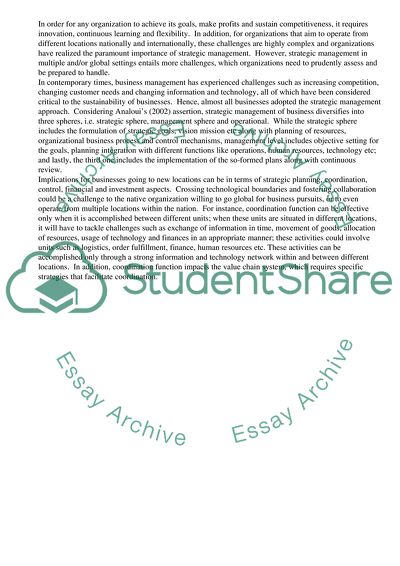Cite this document
(Strategic Planning through Business Expansion to New Locations Coursework, n.d.)
Strategic Planning through Business Expansion to New Locations Coursework. Retrieved from https://studentshare.org/management/1738753-crs-assigment2
Strategic Planning through Business Expansion to New Locations Coursework. Retrieved from https://studentshare.org/management/1738753-crs-assigment2
(Strategic Planning through Business Expansion to New Locations Coursework)
Strategic Planning through Business Expansion to New Locations Coursework. https://studentshare.org/management/1738753-crs-assigment2.
Strategic Planning through Business Expansion to New Locations Coursework. https://studentshare.org/management/1738753-crs-assigment2.
“Strategic Planning through Business Expansion to New Locations Coursework”, n.d. https://studentshare.org/management/1738753-crs-assigment2.


